
Is your new office a flexible space for your staff?
The new era of flex-office.
After the pandemic, many offices opted for a flexible way of working. This includes everything from remote work to the use of spaces outside of a corporate building.
This changes many pre-established patterns of work, from the way you engage your team in their work, to generating new work dynamics in motion. Something that we are clear about is here to stay.
More flexibility, while maintaining the corporate culture: Flexible working gives people the opportunity to work how and where they want, fostering a healthy work-life balance in the process. A good opportunity to engage your employees.
The main aspects of flexible spaces are:
-
Open space design
Today, the open office concept is a primary aspect of flexible workspace, allowing seamless collaboration between different teams.
-
Quiet areas
A side effect of open office design is increased ambient noise. Flexible workspaces lessen this problem by designating quiet areas, so employees can have privacy and peace of mind on their assignments.
-
Adaptable workstations
Flexible office spaces often include non-traditional styles. In relaxed corners of the office, such as cafeterias and reception areas, comfortable chairs and natural lighting create flexible, welcoming spaces where people will want to linger.
What are the benefits?
A flexible workspace facilitates productivity that a traditional office workspace does not. With flexible office space, people can choose a location that might mean working from a laptop in a quiet area, using a casual shared space to catch up with other teams over coffee, or taking a day or two to work remotely.

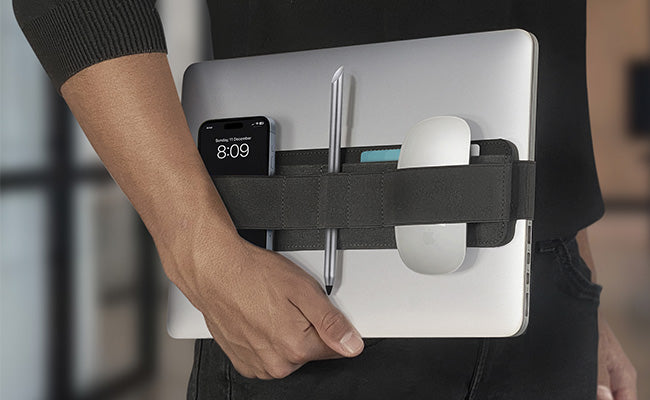
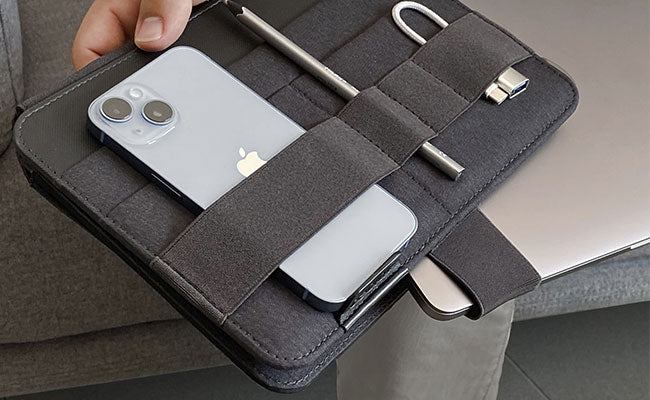
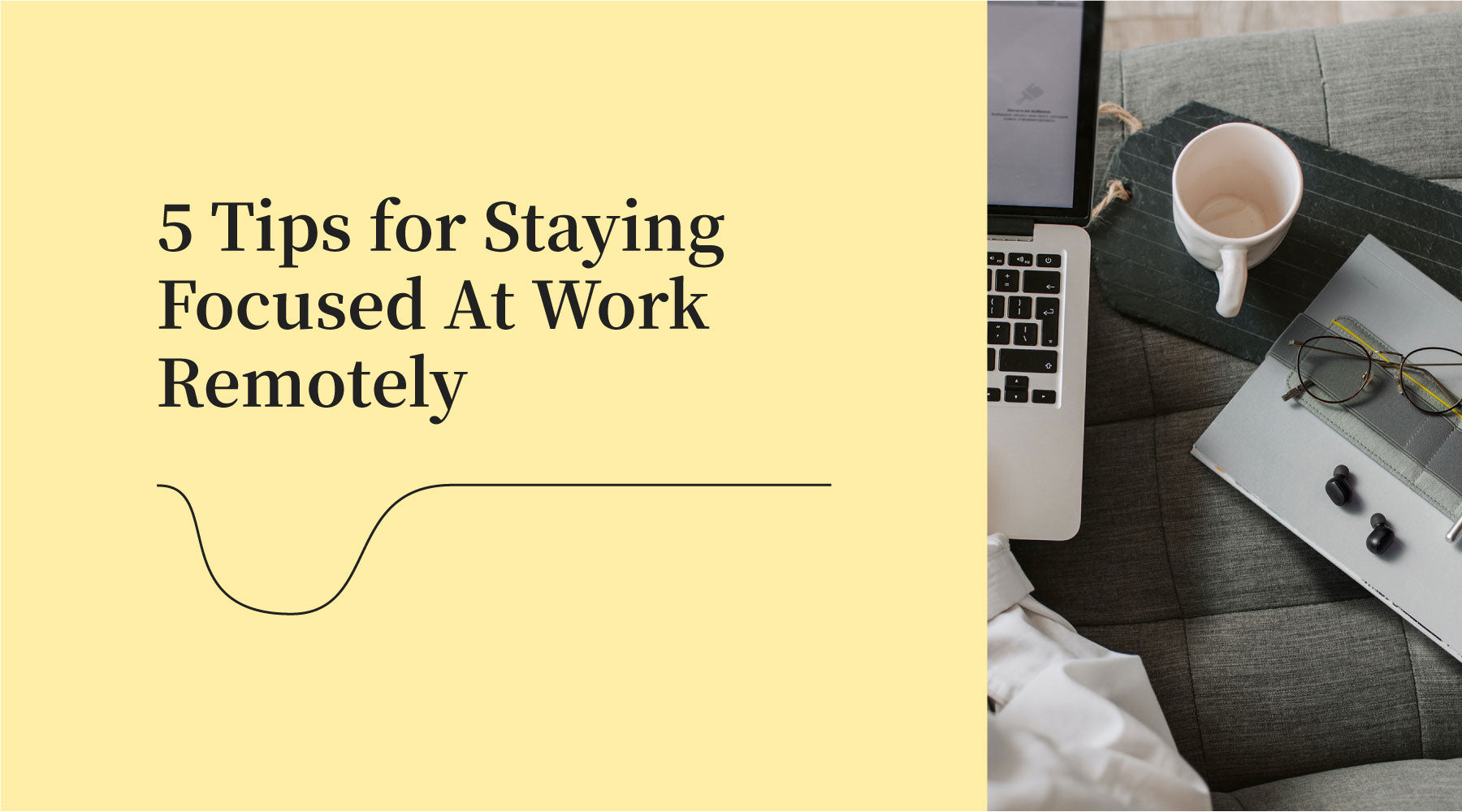
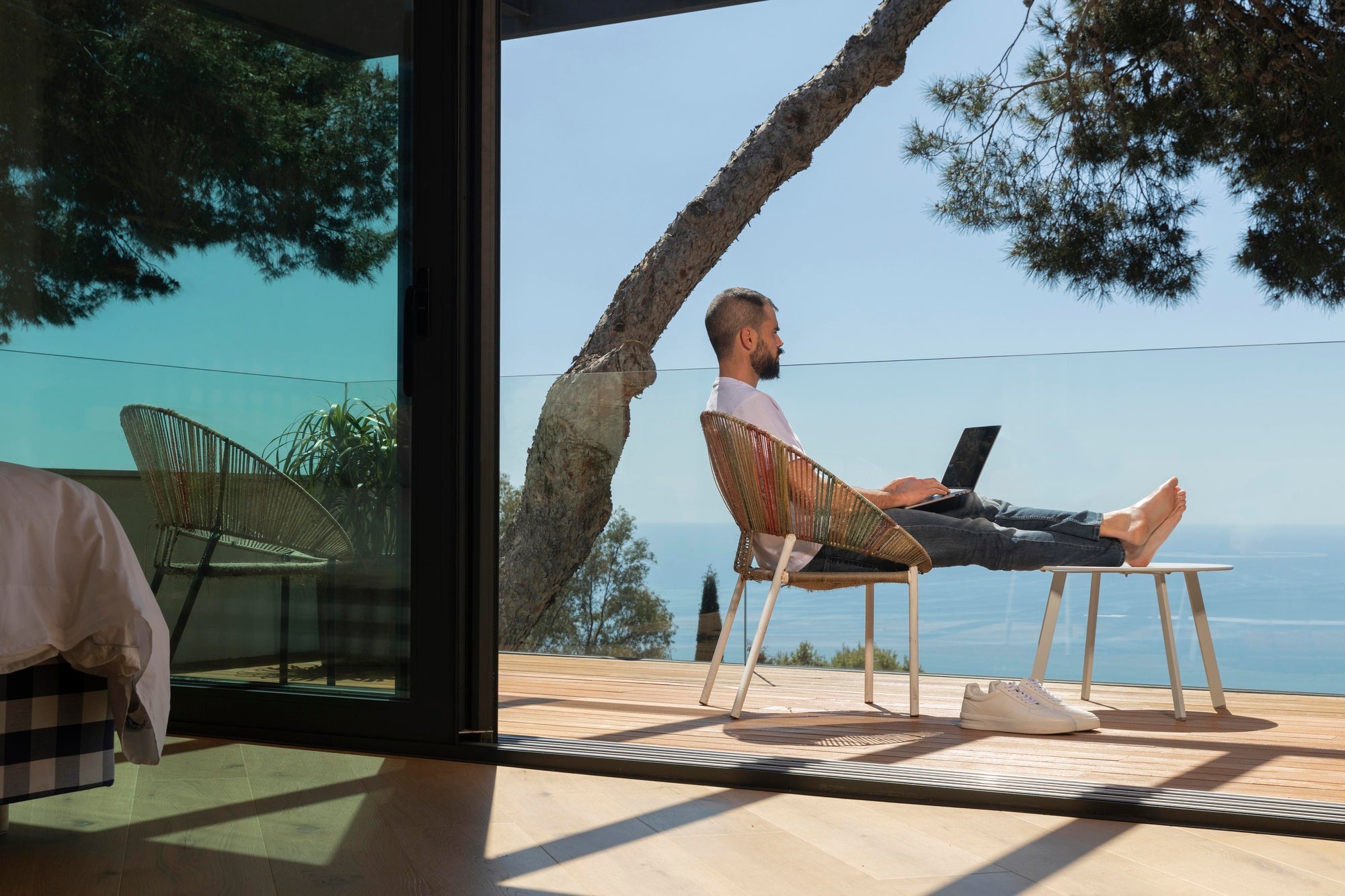
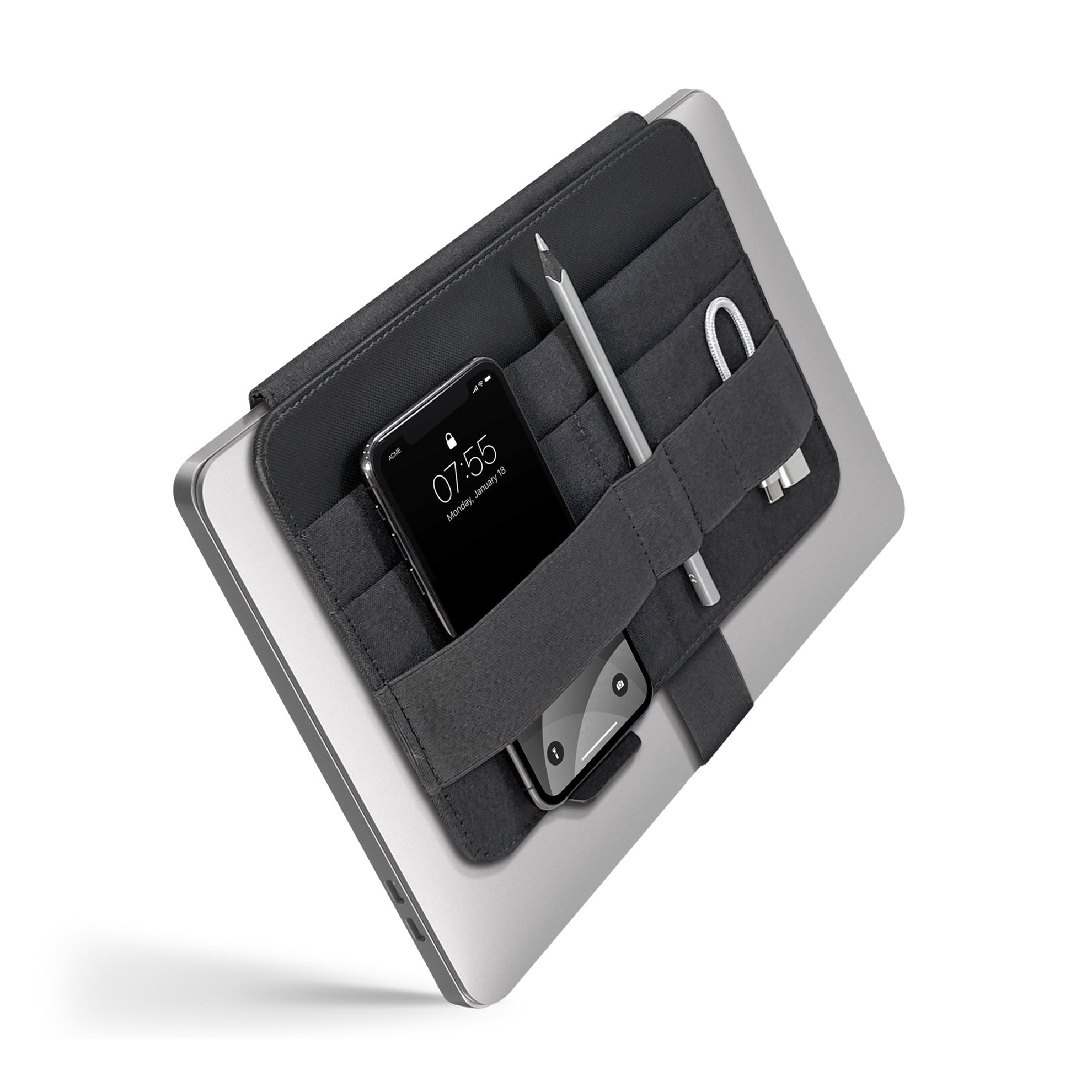
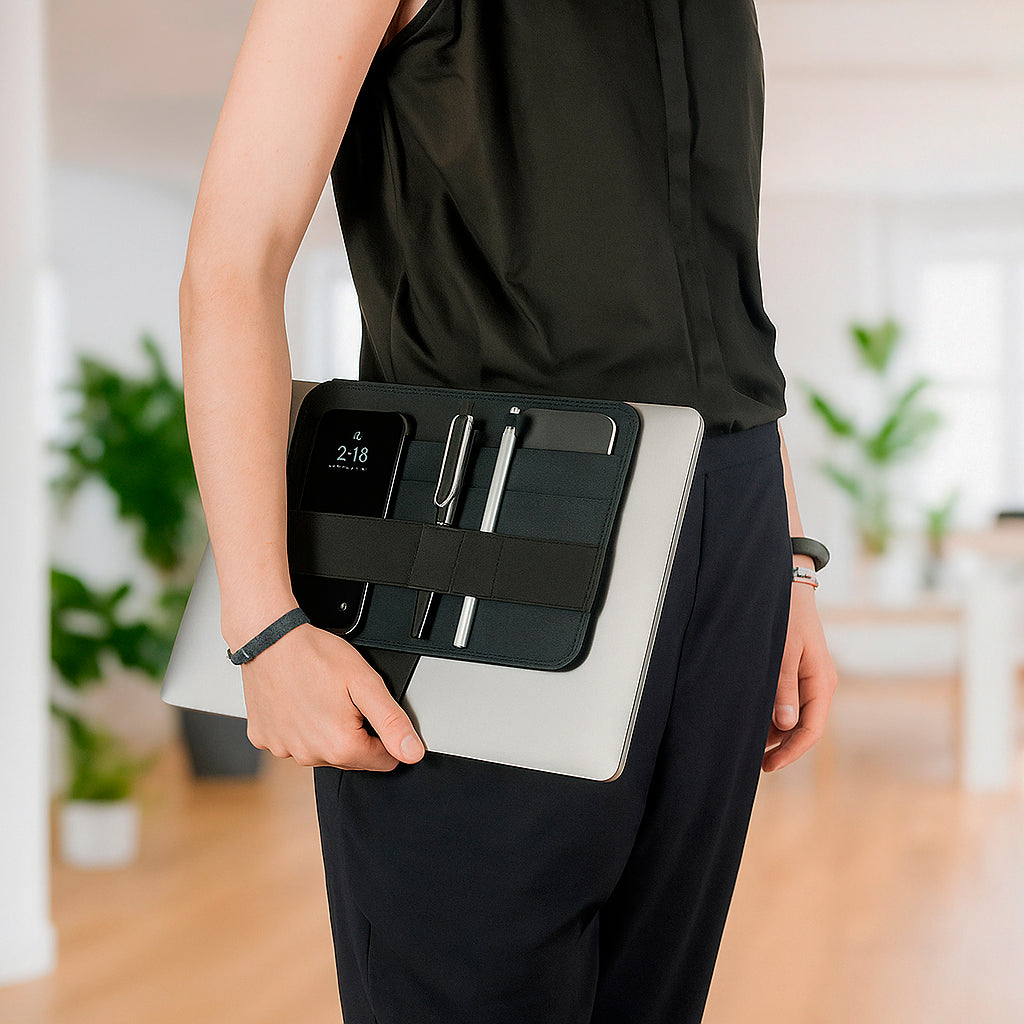
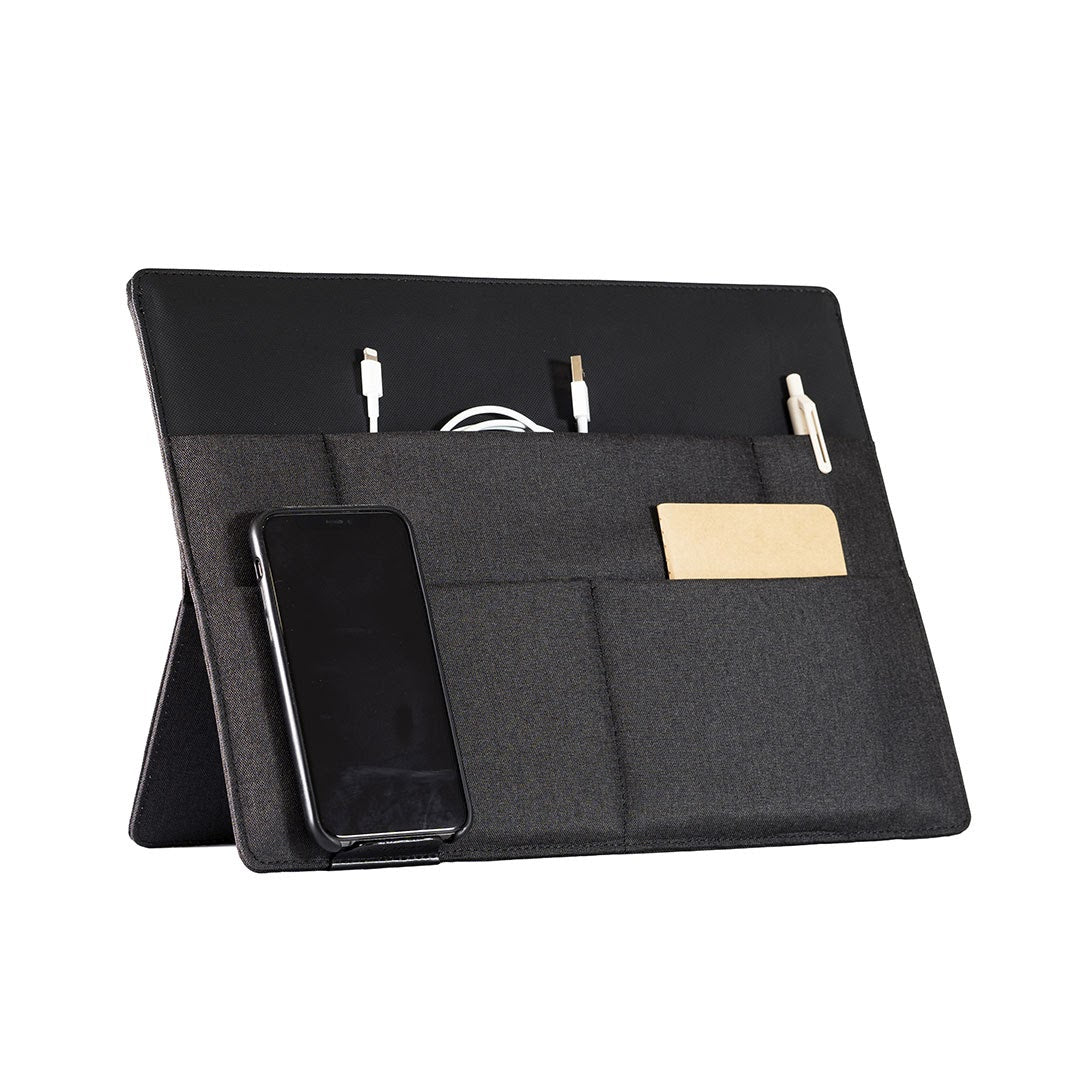

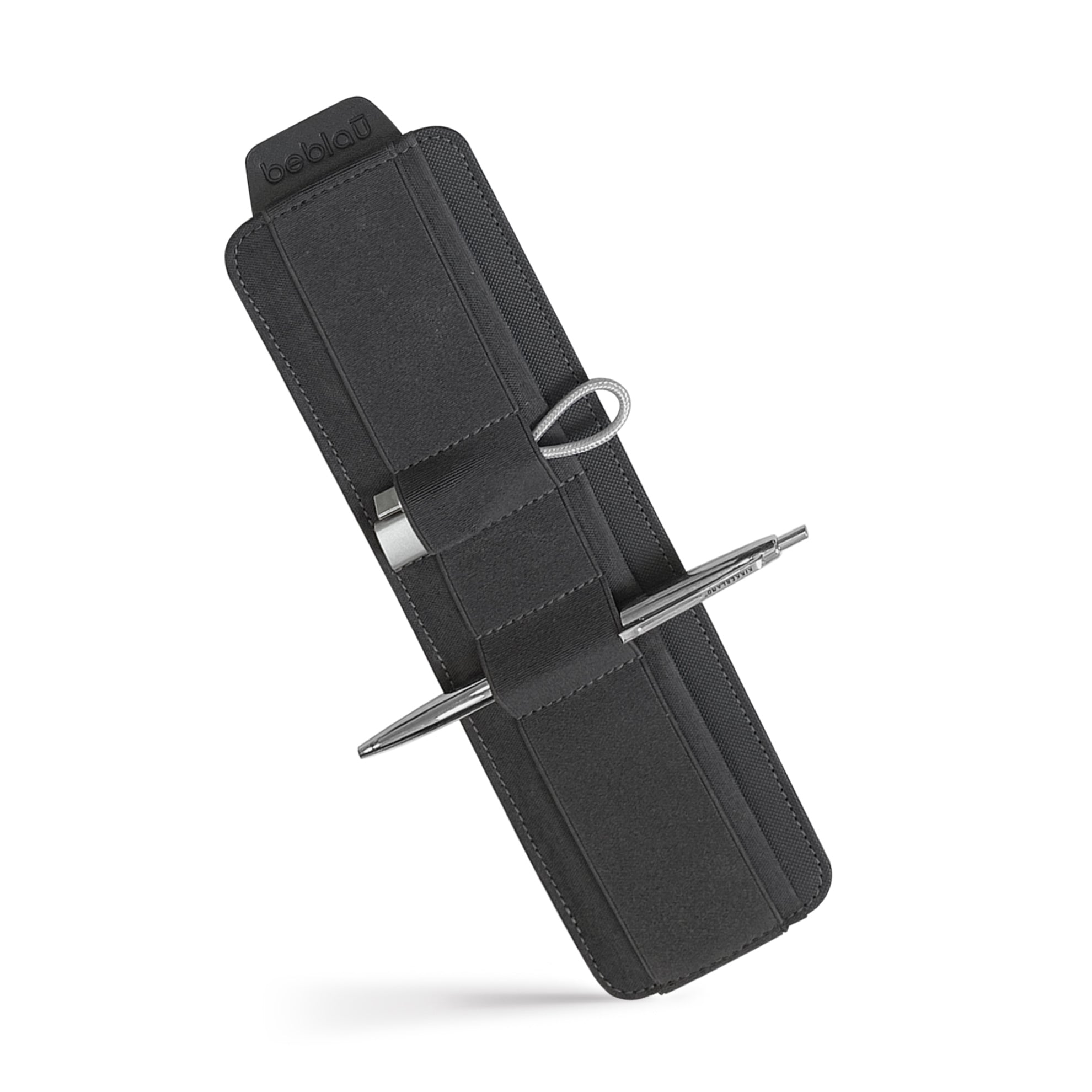
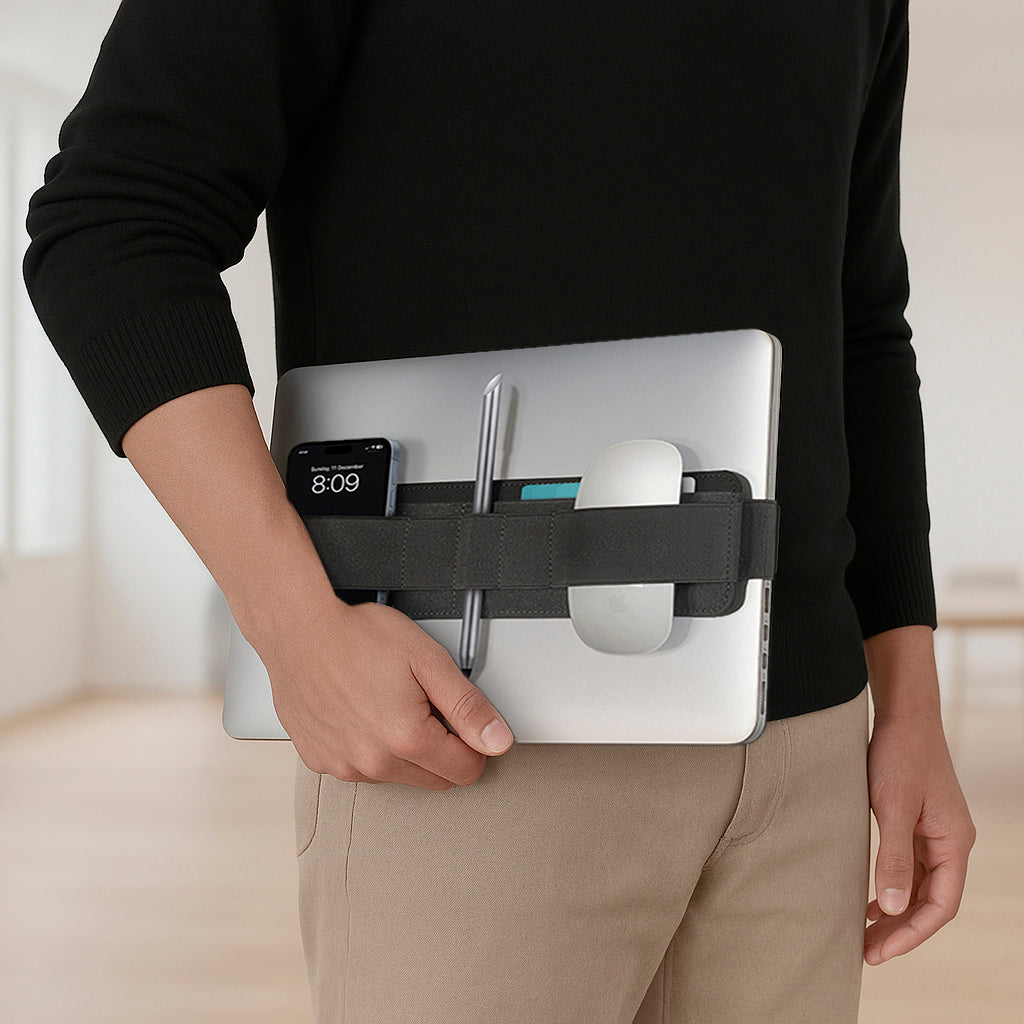
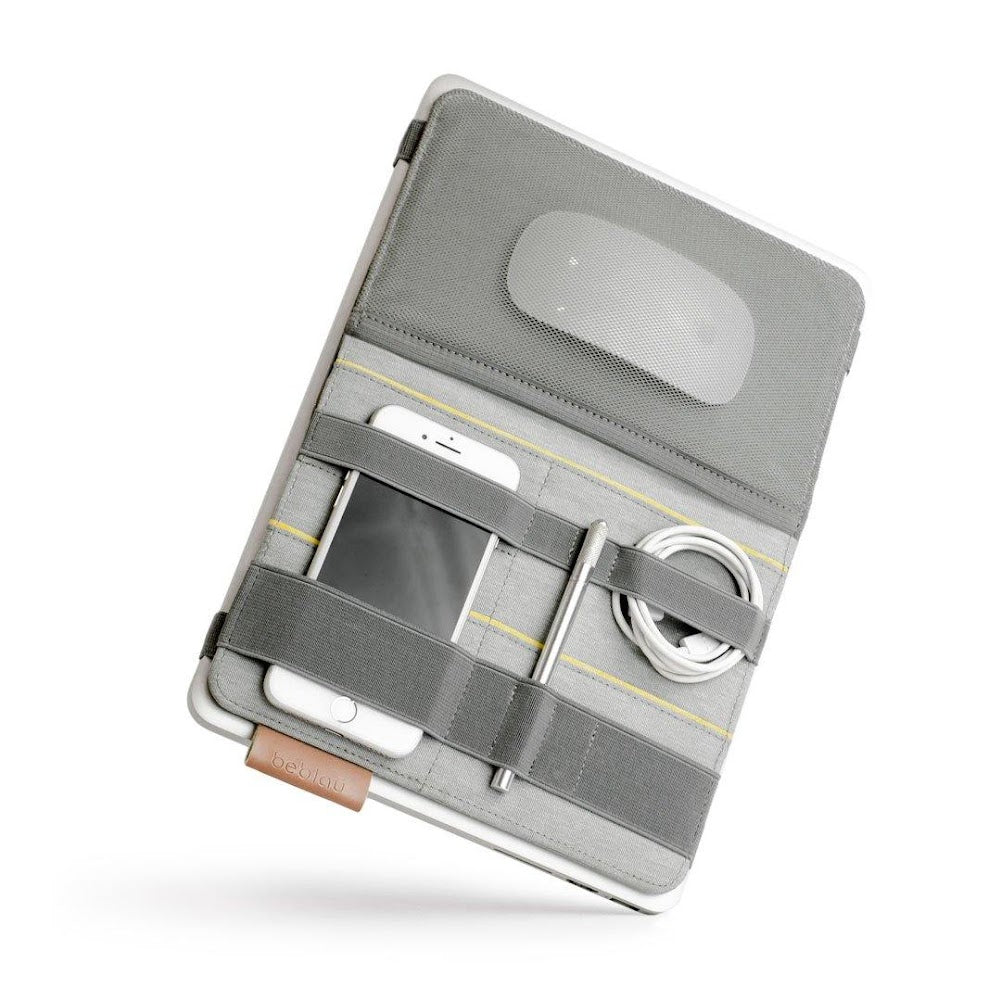
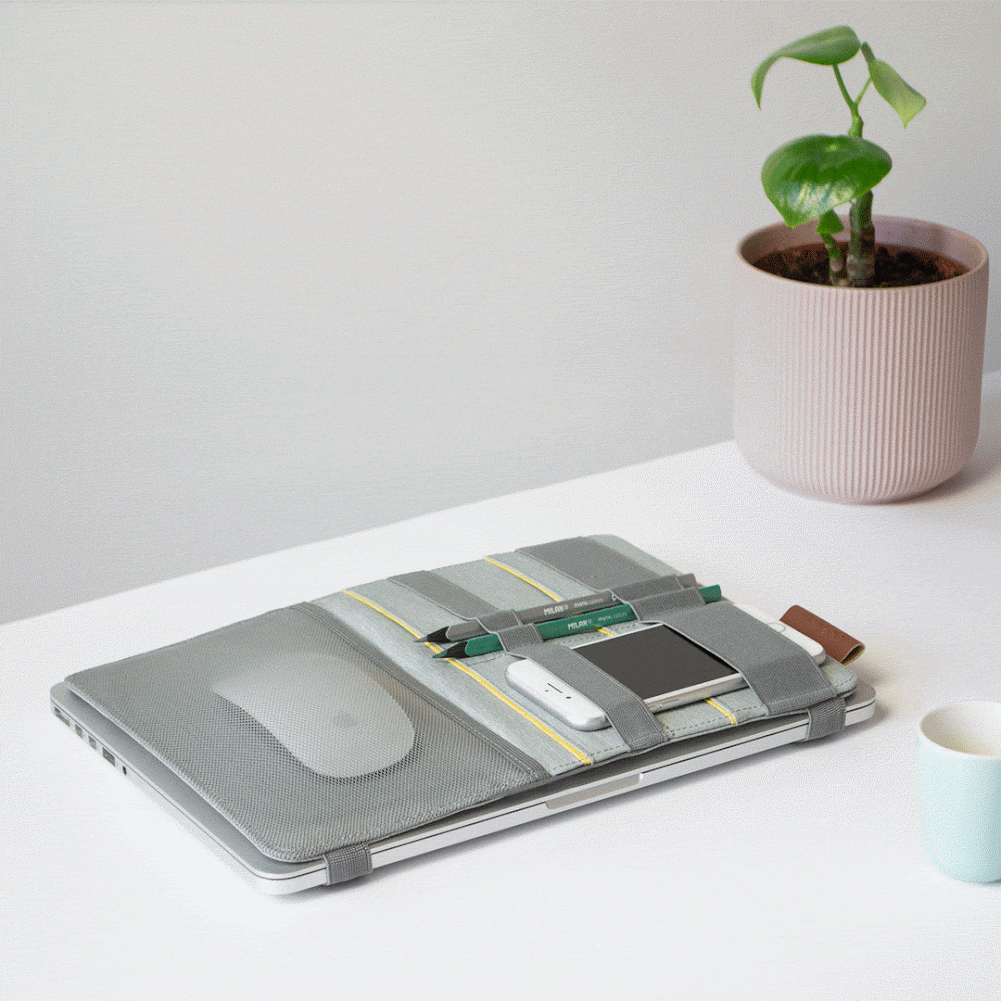


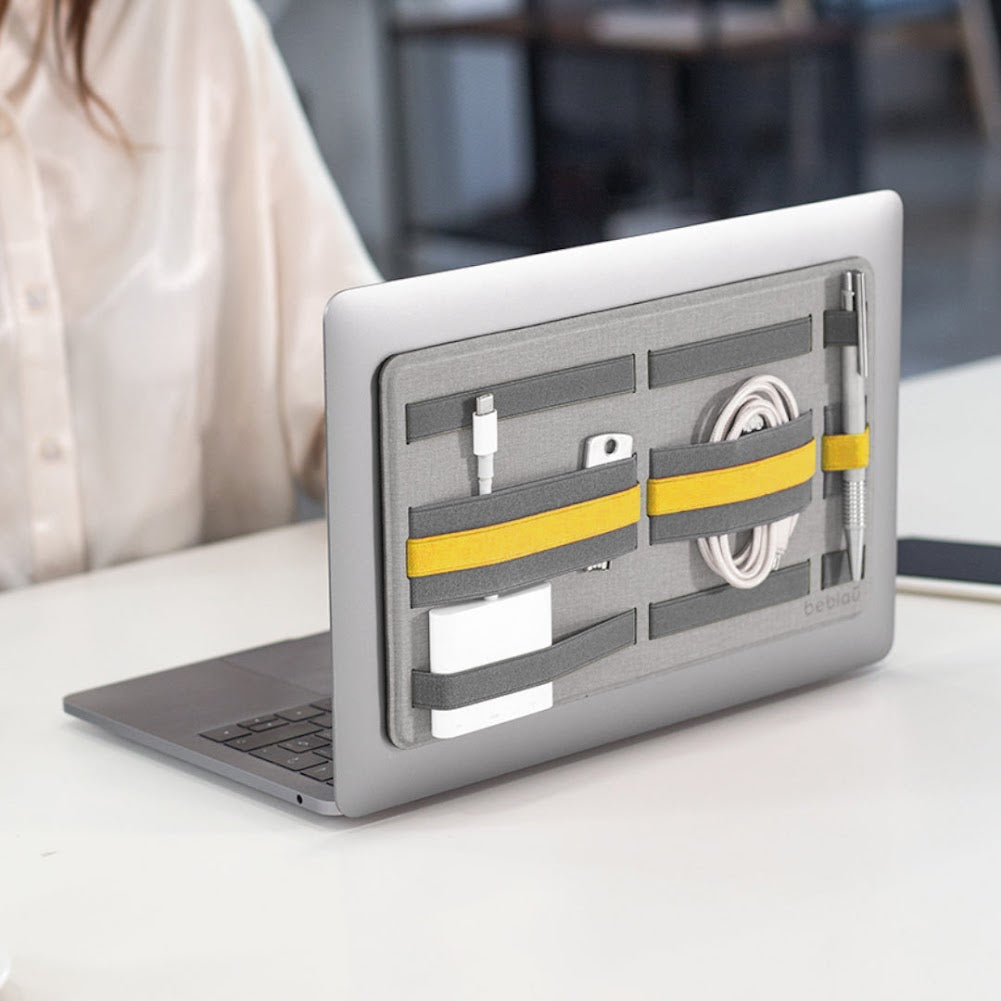
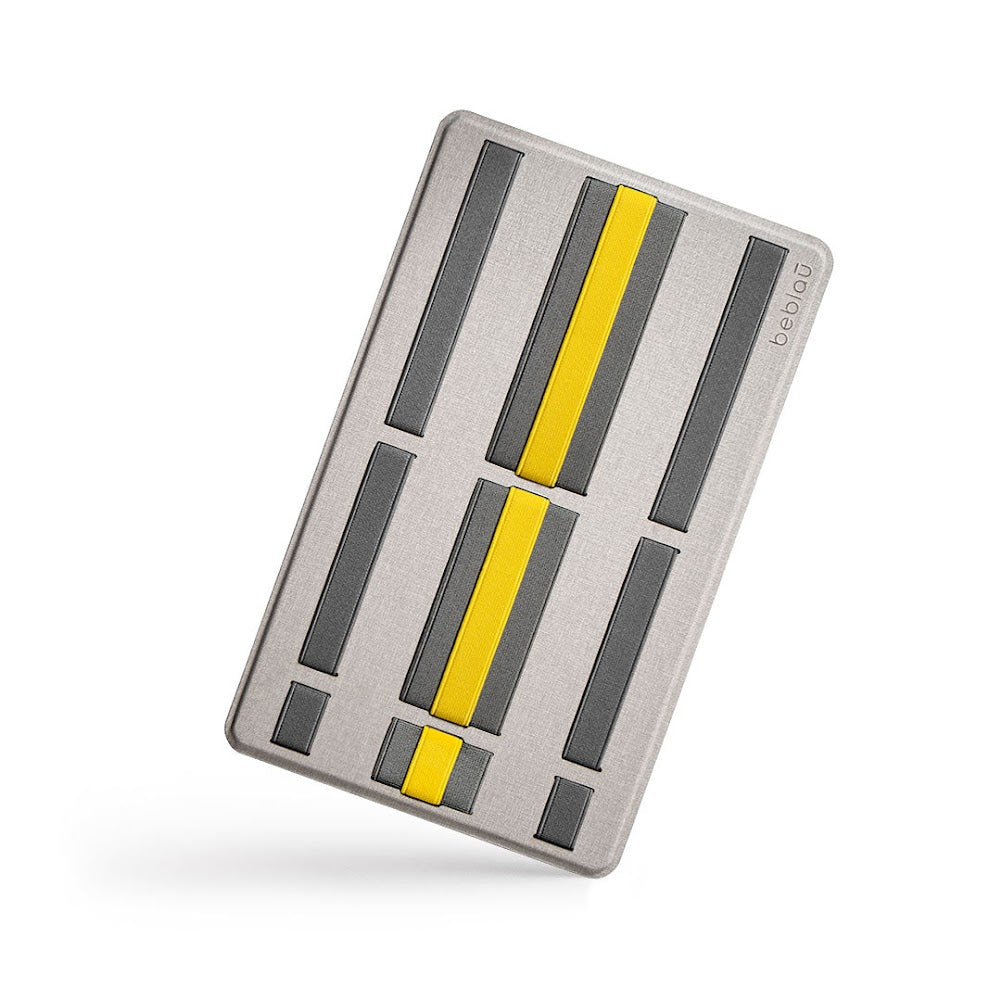


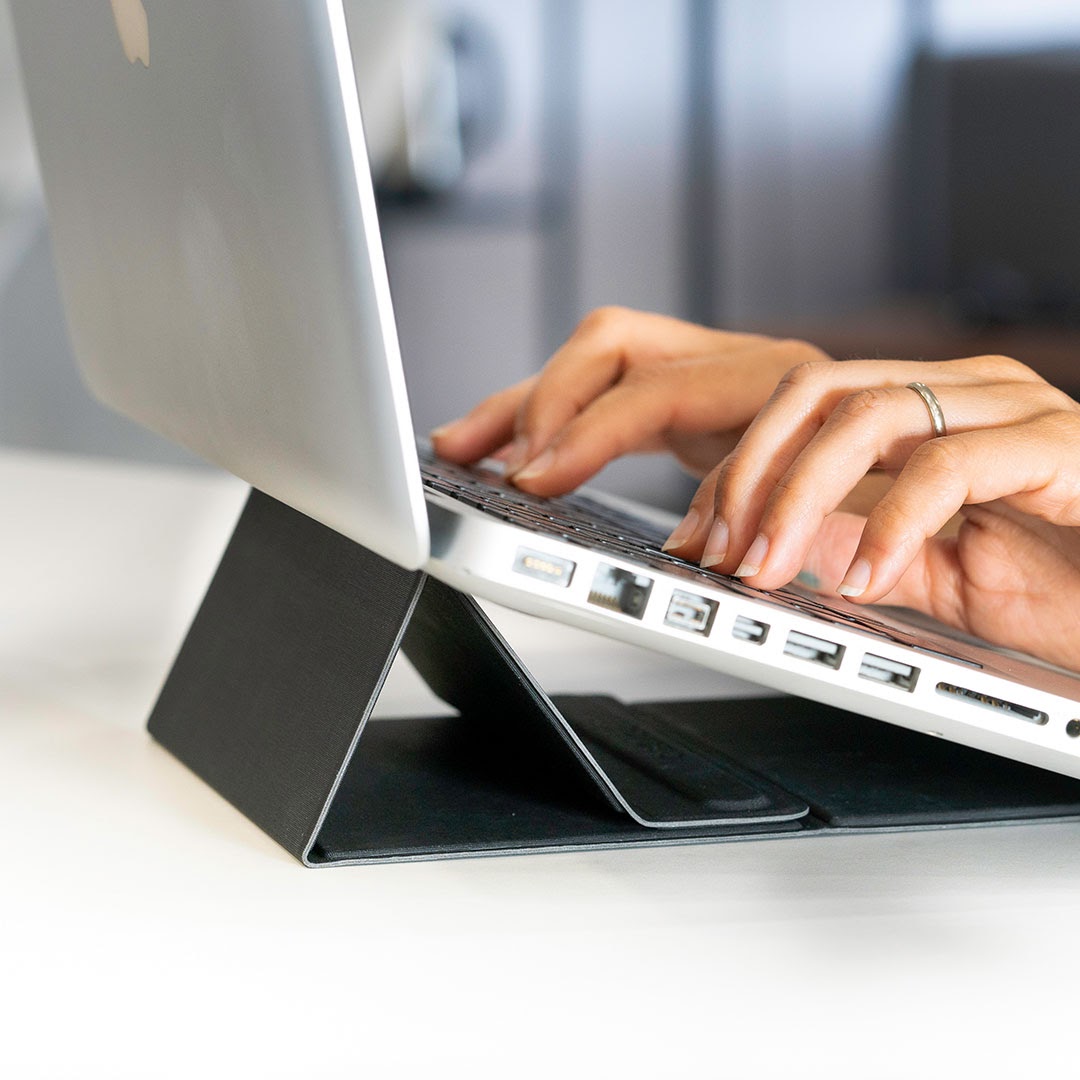
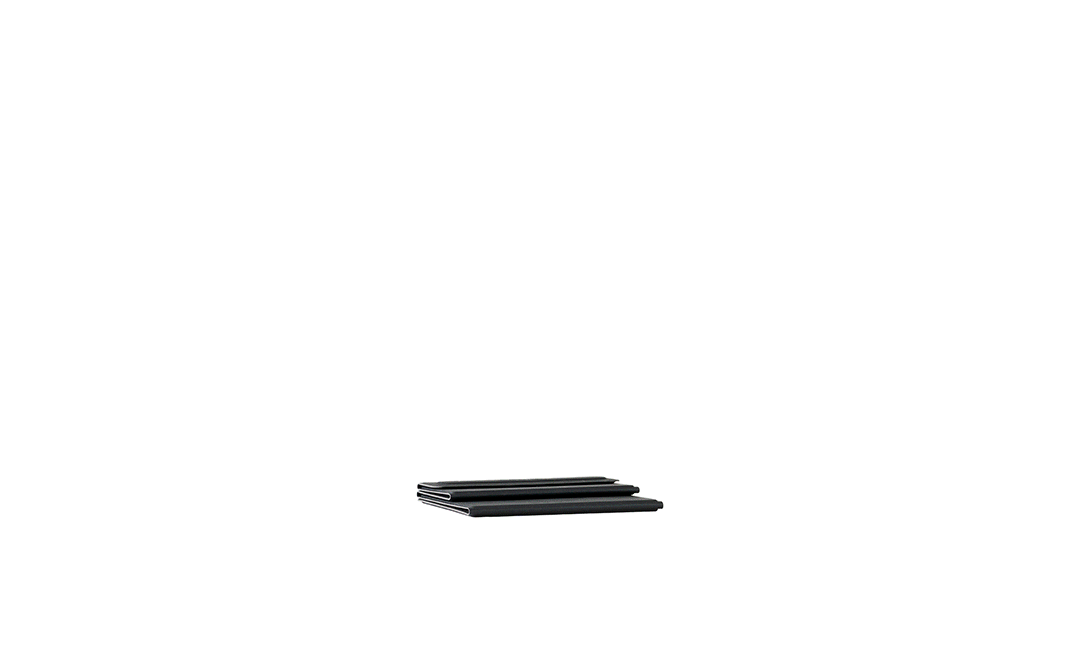
Leave a comment
This site is protected by hCaptcha and the hCaptcha Privacy Policy and Terms of Service apply.